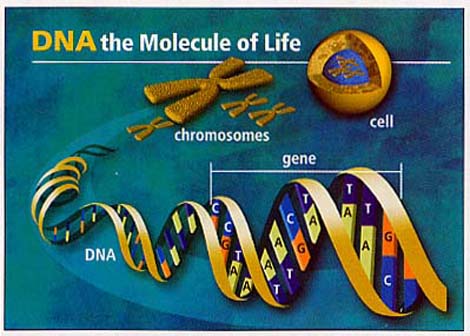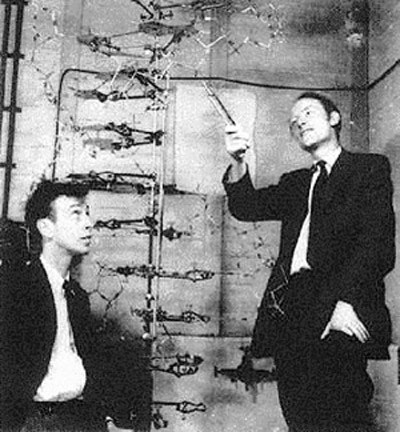 A long way has been traveled to the Human Genome Project. In this second article, teacher Manuela Grazina talks about some of the unavoidable milestones that made it possible:
A long way has been traveled to the Human Genome Project. In this second article, teacher Manuela Grazina talks about some of the unavoidable milestones that made it possible:
Although the word “genome” immediately refers us to the nuclear genome, in the nucleus of cells, the fact is that we have two genomes: the one in the nucleus (nDNA), which contains most of the code to transform us into a human being, and another one, much smaller (about 180.000 nucleotides less), which is the mitochondrial (mtDNA).
While nDNA is organized into 46 chromosomes (23 inherited from each parent), mtDNA is circular, very similar to that of bacteria, and is found within an intracellular organelle, the mitochondria, which is our “energy factory”. The mtDNA has the code to form 13 pieces for this “factory”, while the rest (about 80, in addition to the more than a thousand needed for the process to work) are encoded in the ADNn.
It is important to note that the discovery that nDNA existed was made by Friedrich Miescher, in 1869, while the presence of mtDNA was revealed by Slonimski and Ephrussi, in 1949, published in Ann. Inst. Pasteur (Paris).

The mtDNA sequence was decoded in 1981 by Anderson et al. and published on April 9, 1981 in the journal Nature, as having 16.569 base pairs, and was later re-analyzed and corrected by Andrews and collaborators using more precise technologies ( journal Nature Genetics, October 1999), verifying that it had 16.568 base pairs, but the previous numbering was kept to safeguard the nomenclature of the mutations identified so far, which were dozens.
It should be noted that the way in which the characteristics of the nDNA are transmitted from generation to generation (heredity) was brought to light with the famous experiments with peas by Gregor Johann Mendel (1822-1884), an Austrian monk and botanist, in the middle. from the 1944th century. But the identification of the molecule responsible for genetic heredity, which was, after all, DNA, had the contribution of Avery and collaborators, only published in XNUMX.

One of the great milestones in the history of DNA was the description of its structure, on April 19, 1953, to which the famous James Watson (1928- ) and Francis Crick (1916–2004) contributed, without forgetting the contribution of Rosalind Franklin (1920-1958) and Maurice Wilkins (1916-2004), who presented the first X-ray crystallography of the DNA molecule, having been awarded the Nobel Prize for Medicine and Physiology in 1962. This year there was more. a milestone in genetics: Marshall W. Nirenberg cracked the genetic code.
Another important step in the journey towards the Human Genome Project was the unavoidable contribution of Sanger and Coulson, who described, in 1975, a method that allowed to know in detail all the letters of a DNA sequence.
 Author: Manuela Grazina
Author: Manuela Grazina
Faculty of Medicine and Center for Neuroscience and Cell Biology, University of Coimbra
Science in the Regional Press – Ciência Viva
List of relevant publications in: http://www.ornl.gov/sci/techresources/Human_Genome/project/journals/journals.shtml


















Comments